Between June 12th and 15th, the IDF conducted strikes on Iranian nuclear facilities in an effort to cripple Tehran’s nuclear program. The Institute for the Study of War (ISW) reported six potential targets, though only one has been confirmed thus far. Several key military leaders and nuclear scientists were killed in the strikes; these individuals were allegedly part of the Iranian “Weapons Group,” an organization believed to have conducted successful experiments on nuclear weapons prior to the October 7th attacks in 2023. Members of this group were deemed high-value targets due to their direct involvement in these nuclear activities.
The ISW has released an analysis asserting that the IDF must cripple the infrastructure of the Fordow Fuel Enrichment Plant, given its current capacity to produce up to nine nuclear weapons within a month using Iran’s stockpile of 60% enriched uranium. Without neutralizing this capability, the overall effectiveness of the strike campaign could be significantly diminished.
These targets were considered necessary to eliminate, especially in light of numerous warnings issued by key U.S. and European officials over the past several years. In 2024, Antony Blinken warned that Iran was only days away from accumulating enough fissile material for a nuclear weapon. In 2023, General Mark Milley testified that Iran was 10–15 days away from obtaining sufficient enriched uranium for a nuclear bomb. European intelligence services confirmed similar estimates in 2023 and 2024. Furthermore, during the Biden administration, Tehran denied full IAEA access, accelerated uranium and missile development, and openly supported proxy groups that attacked U.S. allies such as Israel.
Assessment of Strikes: Energy Infrastructure
The second set of IDF targets included critical energy infrastructure throughout the region. These strikes focused on the Sharan Oil Depot, the Shahr Rey Oil Refinery, and two natural gas refineries in Bushehr Province. These facilities stored vital oil reserves for Tehran and provided energy to power surrounding regions. Their destruction has the potential to significantly constrain the country’s gasoline and energy supply, increasing the likelihood of civil unrest. Energy shortages in 2017 and 2018 triggered small protests that ultimately escalated into large-scale anti-regime demonstrations.
Tehran has several retaliatory options, one of which includes targeting oil facilities in the Gulf region, directly threatening Western interests in the ongoing Israel-Iran conflict. This scenario is not unlikely, and the fear of Iranian strikes on oil infrastructure has already impacted global markets. On Friday, oil prices rose by 7%, WTI crude prices increased by 11% since the beginning of the strikes, Chevron gained 4.1%, and ExxonMobil rose by 7.5% over the same time frame. According to Apollo Management, a $10 increase in oil prices could lead to a 0.4% rise in inflation and potentially reduce the U.S. GDP by 0.4%.
On Monday morning, oil prices settled after the initial surge, as export flows through the Strait of Hormuz remain uninterrupted. This strategic waterway remains the key area to watch in the coming weeks due to the massive volume of oil transported through it. Tehran has also signaled interest in returning to negotiations, which has eased fears of immediate escalation targeting oil facilities.
Despite concerns, U.S. treasuries have risen due to indirect inflationary fears stemming from potential oil export disruptions. However, markets have shown resilience, with this week’s rally indicating that the conflict has not yet significantly impacted the financial sector. Most market responses thus far appear to be speculative rather than reactive to tangible disruption.
The next major development to monitor would be a possible Iranian blockade of the Strait of Hormuz—a move that has been discussed by Iranian officials but has not materialized. If such a blockade occurs, OPEC is expected to increase production to compensate for Iran’s 1.6 million barrels per day in exports and may also reroute some of the 3 million barrels exported by other member states. Such an event would trigger more severe and prolonged financial market disruptions.



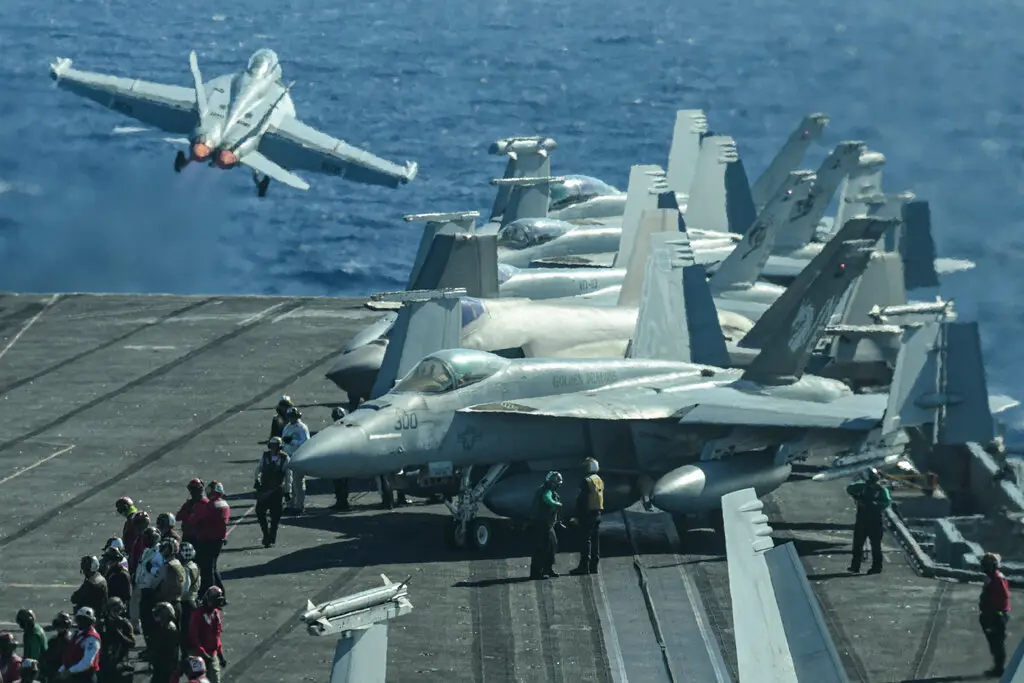




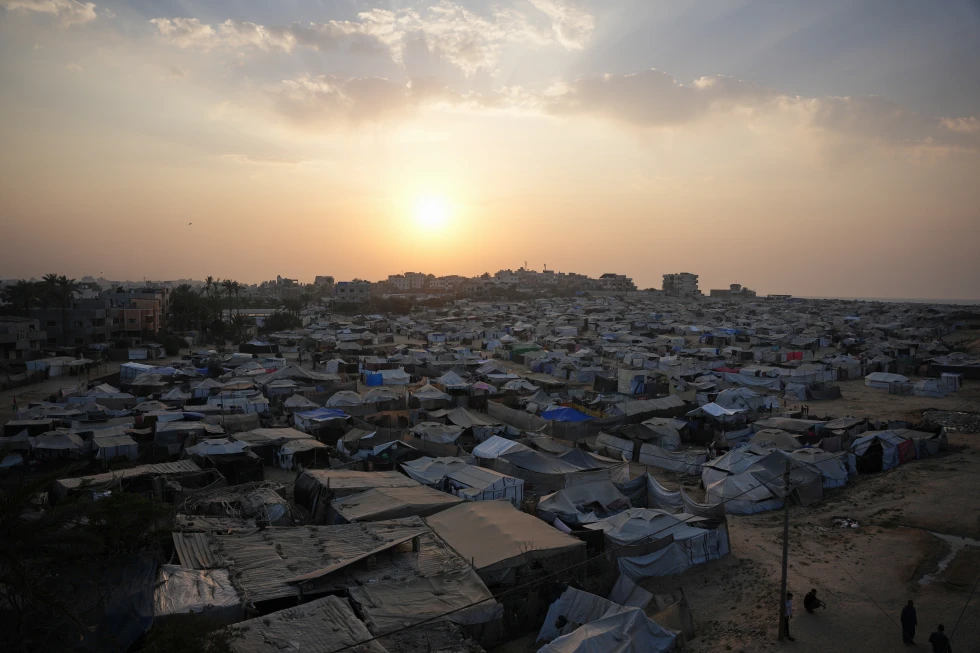
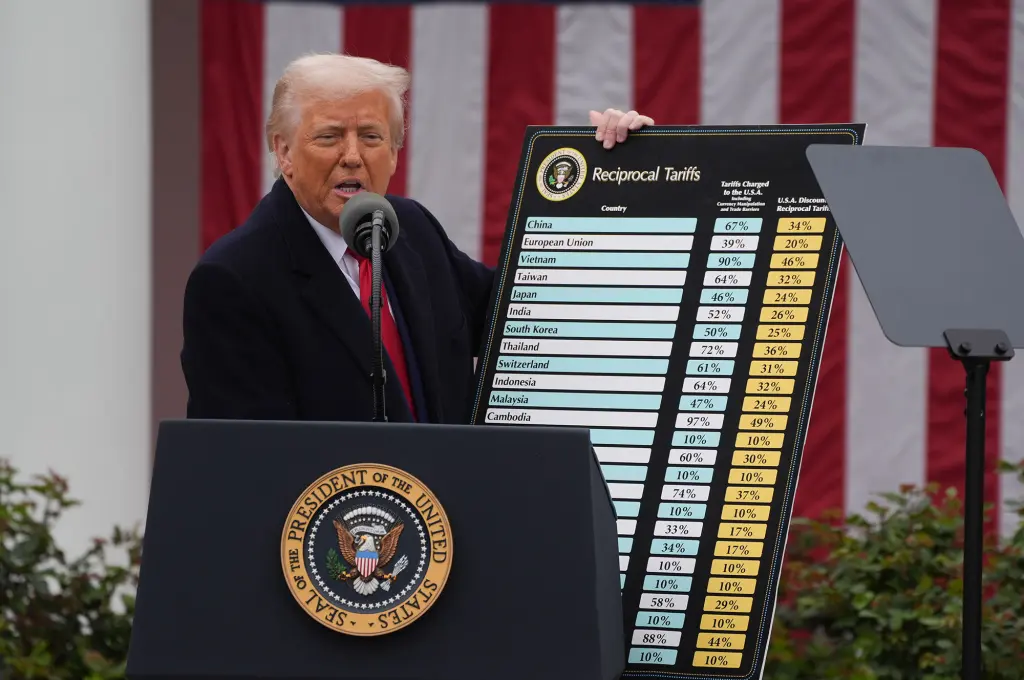

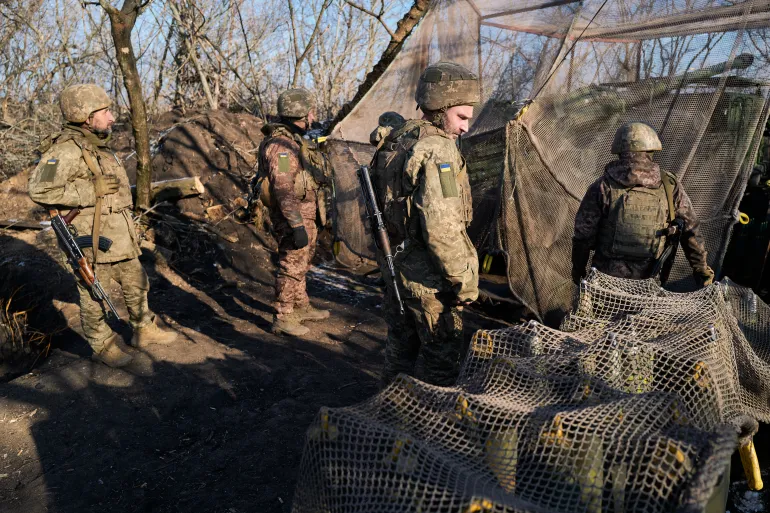

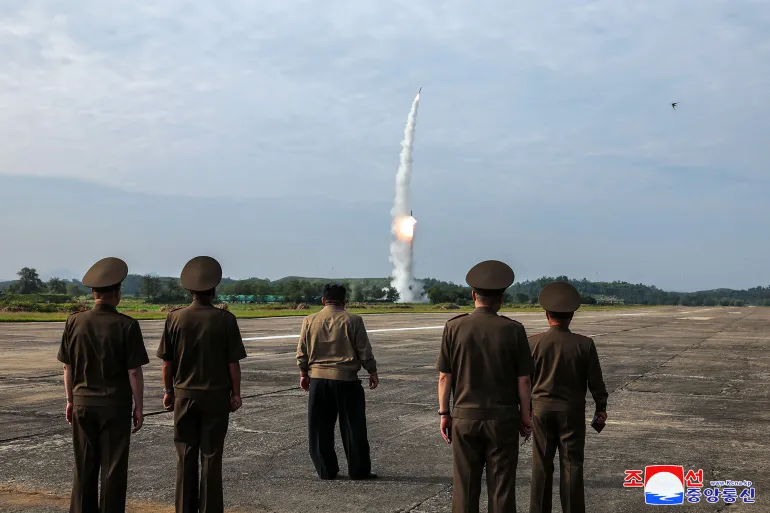

Discussion